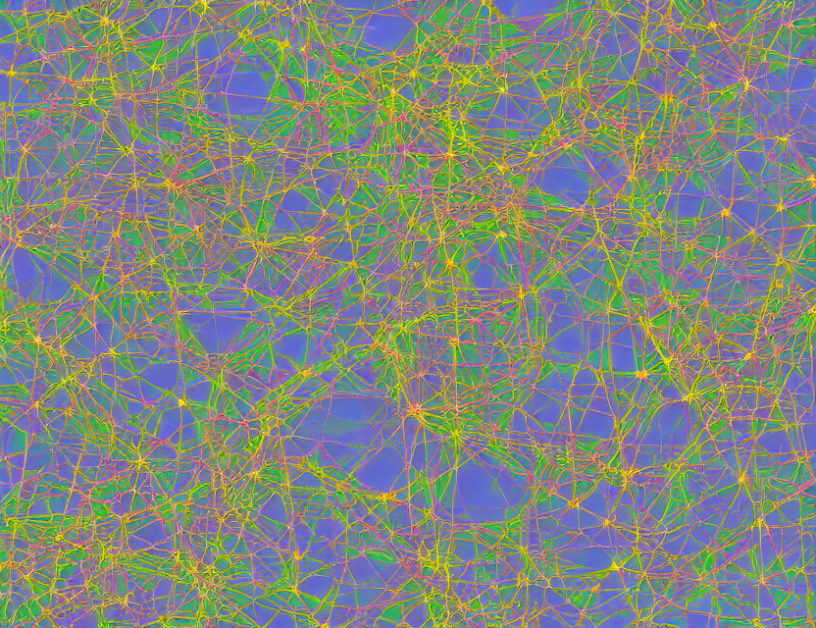In this article, we propose a novel approach for detecting changes in time series data using Generative Adversarial Networks (GANs). Our method leverages the Wasserstein distance to measure the difference between two segments of the time series and identify the change point. We use a sliding window technique to partition the data into shorter segments and update the parameters of the GANs for each segment. The change point estimate is then updated based on the maximum difference in scores between adjacent segments.
Our approach is inspired by the idea of "sequential change detection" – treating the time series as a sequence of frames, where each frame represents a segment of the data. We use GANs to generate new samples that are similar to the original training data, but with different parameters for each segment. By comparing the Wasserstein distance between adjacent segments, we can identify the change point and determine whether the change occurred at a specific time step or after a certain duration.
To illustrate our method, let’s consider an example of a time series of stock prices. Imagine you want to detect changes in the stock price pattern over time. Our approach would involve partitioning the time series into shorter segments, training a GAN for each segment, and then comparing the Wasserstein distance between adjacent segments to identify the change point.
Our algorithm can be summarized as follows
- Initialize the change point estimate ν and the neural network parameters θ0, θ1, ϕ for the generator and the discriminator.
- Partition the training data into shorter segments based on the change point estimate ν.
- Run different SDE models for each segment and update the parameters of the GANs.
- Apply a sliding window method to get multiple segments of the training data and then input them sequentially into the discriminator.
- As we iterate through the time series, a sequence of scores is returned, which can be viewed as the Wasserstein distance between two segments.
- The change point estimate is then updated by specifying the change point of the score sequence.
Our approach offers several advantages over traditional methods, including its ability to handle complex time series data and its robustness to noise and outliers. By leveraging the power of GANs, we can generate new samples that are similar to the original training data but with different parameters for each segment, allowing us to detect even subtle changes in the pattern.
In summary, our proposed method offers a novel approach for detecting changes in time series data using Generative Adversarial Networks (GANs) and the Wasserstein distance. By partitioning the data into shorter segments and updating the parameters of the GANs for each segment, we can identify the change point with high accuracy and robustness. Our method has broad applications in various fields, including finance, healthcare, and signal processing.



